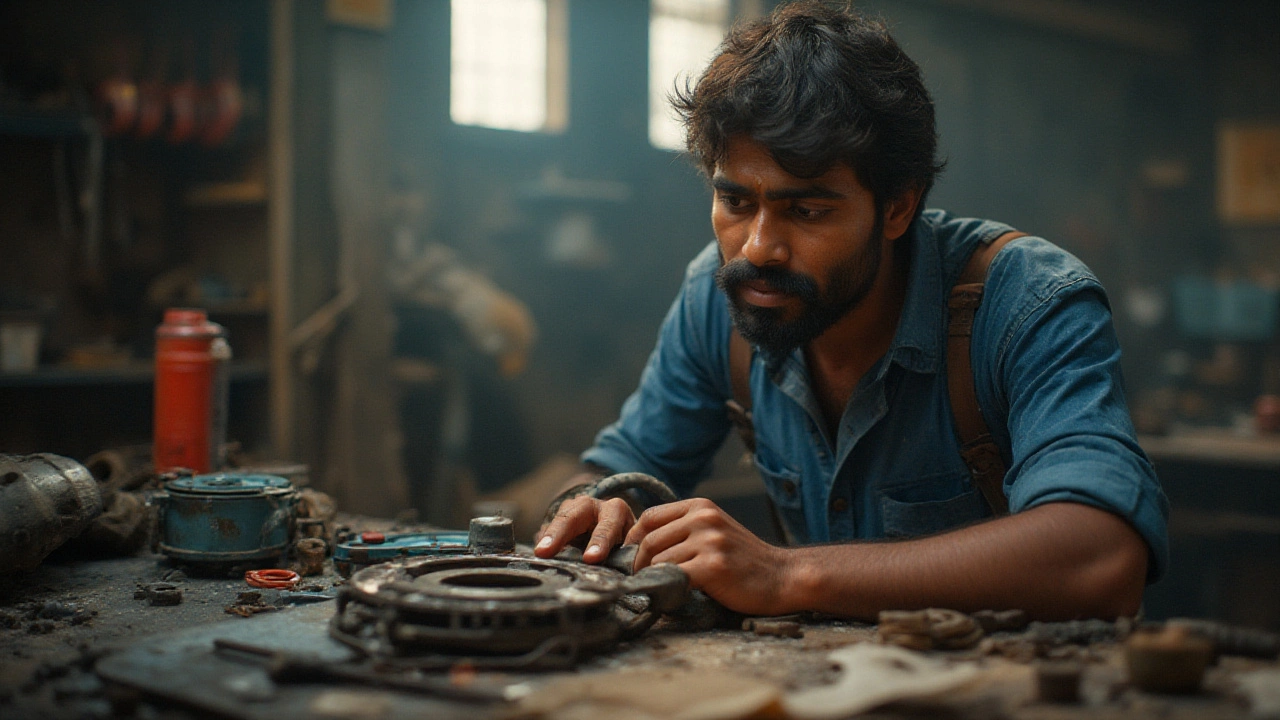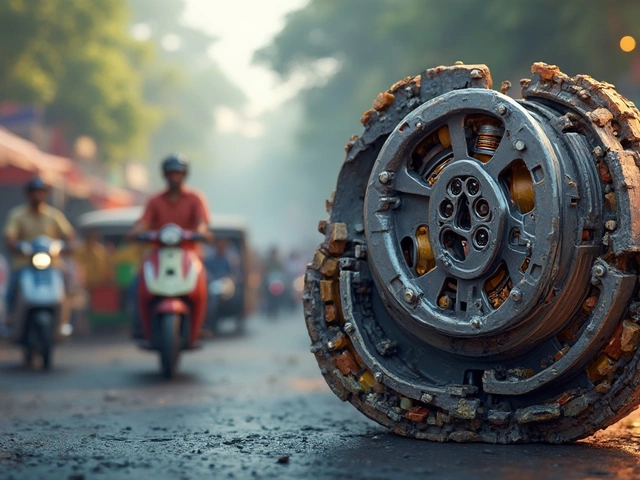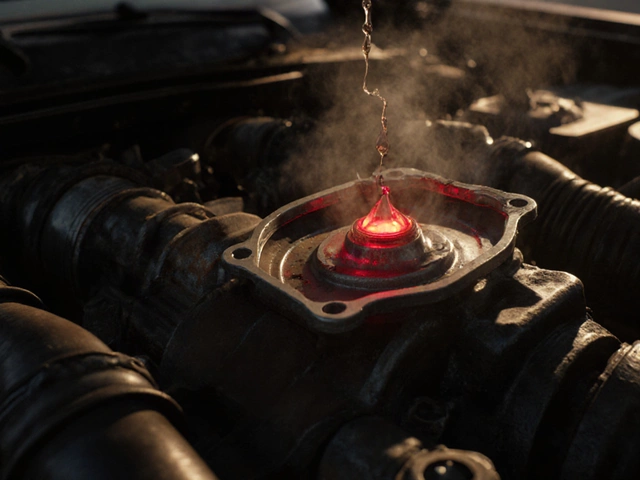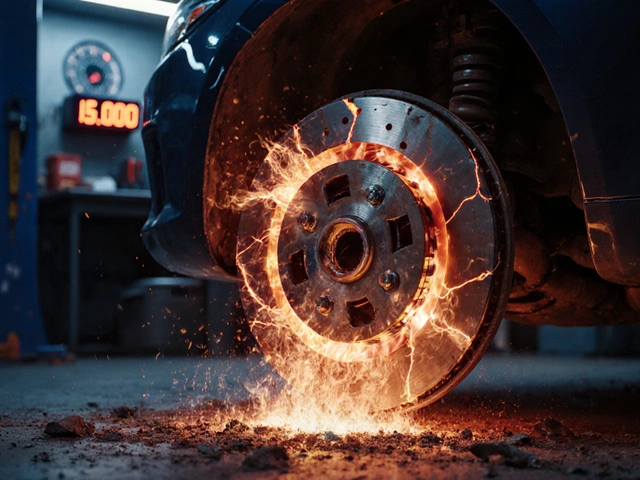Imagine getting ready for a street run with your favorite manual, hoping a fresh clutch kit will give you that edge—the feeling that a simple upgrade in the clutch department could slap on a few extra horses under the hood. The myth's got grip: does a clutch kit add HP? Plenty of garage debates hinge on this. If it were that simple, we’d all be wrenching in power just by swapping out the clutch. The reality, though, is a little more grounded—but that doesn’t mean there’s nothing to gain from a smart clutch upgrade. Behind every clutch kit swap is the hope for more performance out of every gear and a tighter connection between you, your car, and the road. Let’s peel back the stickers and get into what a clutch can—and can’t—do for your horsepower.
What Does a Clutch Kit Really Do?
A clutch kit does a pretty hardcore job, but it isn’t adding raw power out of nowhere. The clutch is the gatekeeper: it links your engine’s rotational power to the transmission, letting you change gears as needed. Think of the clutch as a traffic cop—one that steps aside to let engine torque pass to the wheels, or stops it entirely when you press that pedal. But horsepower? That’s kind of out of a normal clutch’s job description. The engines and exhaust and intakes are the heavy lifters there. Bolt on a new clutch kit, and you won’t boost your car’s base horsepower rating. The clutch can’t create new energy; it just manages what’s already there.
The big gain, though, isn’t in the number on the dyno, but in getting every bit of power your engine’s already making to the wheels. A worn-out clutch slips. You don’t feel it at first, but if you floor it in a higher gear and hear more revs than actual acceleration, that’s the clutch not grabbing hard enough. Every time it slips, you lose power—literally wasted as heat and friction. Put in a new, grippy clutch, and you’re actually transferring more of the engine’s horsepower to the road. The number at the crank and the number at the wheels get closer together. So while you may not add new horsepower, you’ll be better using all the horses you paid for. And that can feel just as fast, maybe even faster.
Diving into the kit itself, you’ve got the clutch disc, pressure plate, release bearing, possibly a pilot bearing, and sometimes hardware. High-performance kits swap the materials for something stronger, like ceramic or Kevlar. A stiffer pressure plate, upgraded friction disc—all that helps the clutch handle more torque and stand up to hard launches or track days. You don’t get extra power from these changes, but you do get a drivetrain that can handle more without flinching. If you’re planning on making big power upgrades later (turbo, supercharger, or serious engine builds), your stock clutch kit will probably wave a white flag and take early retirement. A heavy-duty clutch is the insurance policy against that.
Another thing worth knowing: the throwout bearing. A cheap, worn bearing makes shifting a nightmare and could chew through even the best clutch disc. Quality bearing swaps won’t add HP, but they're part of that feel-good shift, so don’t ignore them when switching out a kit. Clutch alignment tools in most kits are life savers—skipping them is a one-way ticket to endless driveway frustration. The clutch installation itself can tell you a lot about how much a well-installed kit improves driving experience, not just performance.
Now, about lightweight flywheels. Not always part of a clutch kit, but a popular add-on. By swapping in a lighter flywheel, you reduce rotational mass, which means the engine revs a bit quicker. Does this add HP? Not technically, but it changes response and may make putting down power feel more immediate. Some folks swear the car feels sportier; others find it twitchy at low speeds. This is a driving feel upgrade, not raw power—choose based on your goals and tolerance for daily driveability.
There’s a tip for anyone looking to buy: don’t go wild with a track-only clutch for your daily. A clutch that’s too aggressive can make traffic a nightmare. Heavier pedal, choppy engagement, and an unhappy left leg. Pick a kit designed for your specific use, not just peak numbers or what your buddy swears by in his track toy. Sometimes, more isn’t better.
For the street, a stage 1 organic clutch is often plenty, while stage 2 or higher ceramic kits are for heavy turbo builds or lots of drag launches. Know your intentions—and your car’s appetite for power and comfort. Read reviews, talk to owners with similar setups, and don’t overspend on more clutch than you really need. A good clutch should disappear into the background and let you focus on the road, not pedal fights at every green light.

The Myth of Gained Horsepower
Let’s blow up the misconception: a clutch kit does not bump up your engine’s horsepower rating. Your engine's HP is determined by the combustion process, how much air and fuel mix, how well they burn, your cam profile, how efficiently exhaust gases exit, and the magic that happens inside the block. A clutch isn't involved in generating power—it's the messenger rather than the origin story.
But myths spread fast. People feel a fresh clutch and suddenly launches snap harder, or there's a more immediate connection between engine and wheels. “Man, this clutch just gave me 10 more horses!” is a phrase you’ll hear tossed around at late-night meets. The science, though, points the other way. Every mechanical component between the crank and the tarmac eats up a bit of your available power—called drivetrain loss. In manuals, that loss is usually around 15% (in autos, even higher). A tired, glazed clutch can increase that loss. Fixing that with a stronger, new clutch can let you reclaim some of what you were secretly losing.
Here's where it gets spicy: if an old clutch was slipping, and you replace it, you’ll feel a very real performance boost—even if your dyno sheet doesn't suddenly print a higher HP. The reason is all about efficiency. Instead of losing power through slip and friction, you’re suddenly getting maximum possible torque to the tires. That sharper response, quicker acceleration, and crisper shifts can genuinely transform how a car feels to drive. You might smoke your tires on a launch where you couldn’t before, or destroy your personal best 0-60 time—not because the car is technically stronger, but because nothing is holding it back anymore.
Another fun fact: back in 2018, a test comparing dyno runs before and after clutch swaps on a tired Subaru WRX showed up to a 7% improvement in wheel horsepower. The engine’s output stayed the same, but none of it was lost through a slipping clutch. So, what you measure at the wheels—the only number that really counts for acceleration—can go up after a clutch refresh. But again, we’re talking efficiency, not real HP creation.
If you’re gunning for all-out performance, then using a clutch kit designed for racing makes sense. Ceramic or twin-disc setups can tolerate more torque (sometimes double what a stock clutch can handle), crucial if you’ve gone wild with boost or bottle-fed power. But drop those into a stock car, and you won’t see magical dyno gains—instead, you’ll have a beefed-up driveline capable of handling what’s already under the hood, plus whatever you dream up later. It’s like buying bigger shoes for feet you plan to grow into.
Here’s a tip: when tuning, always upgrade your clutch before or at the same time as major power adders. It’s pointless to add 100HP with a turbo if your clutch is going to quit two weeks later. Nothing’s worse than a potent engine stuck behind a weak link.
Shopping for clutch kits, look closely at the rated torque capacity, not just marketing promises. Look for kits matched to your car’s output, and don’t get caught up in chasing thread claims about HP boosts from a clutch swap. If someone says their clutch kit gave them extra HP, dig deeper—it’s probably about recovering lost power or improved response, not newfound horses from nowhere. As with most things car related, a little skepticism goes a long way.
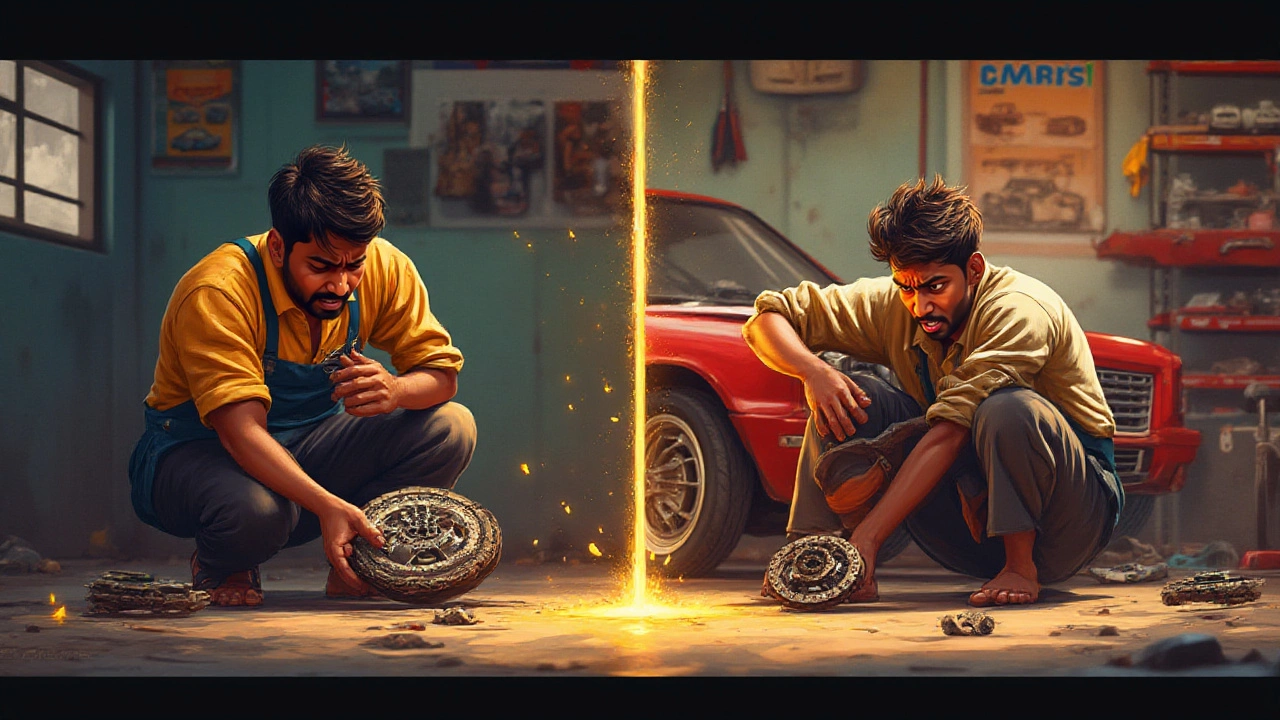
Real-World Gains and How to Maximize Your Setup
If you’re chasing a sense of improvement, upgrading to a new clutch kit will absolutely freshen up your car’s performance—even if the HP figure doesn’t budge a bit on paper. Real-world driving is about more than numbers. It’s about the confidence that when you slam the pedal, you know the clutch is going to hold, the power’s going straight to the ground, and you’re in control. For folks who daily their ride, a new clutch can breathe fresh life into a commuter you thought was getting old. That’s value-added, even if your friends don’t see a wild number jump on a printout.
The real magic happens when you tune your upgrades to the whole system. Matched with lightweight flywheels, stronger pressure plates, or reinforced driveline bits, a clutch upgrade becomes part of a package. For instance, some autocross drivers love a slightly lighter clutch/flywheel combo to help revs build and drop quicker. Street racers might want a stiffer pressure plate for launching hard off the line. If you’re tracking or drag racing, look at twin-plate clutches—the increased surface area spreads out the friction forces and doubles your holding capacity, perfect for big torque builds.
One overlooked detail: a new clutch is also a reset button for bad driving habits. Old, forgiving clutches hide sloppiness like riding the pedal, not timing your shifts, and taking too long to engage. Install a performance clutch and it demands more precision, rewarding smooth, quick launches and punishing lazy inputs. Your driving might actually improve, along with what your car can do. For anyone teaching themselves proper manual technique, a new clutch is a real-world training tool.
Installation tips? Get your flywheel resurfaced or replaced alongside the clutch swap. A new clutch mated to a scorched, grooved flywheel is a fast track to chatter and wear. Grease all pivot points lightly (don’t overdo it or you’ll find lube where it shouldn’t be). Use the included alignment tool, torque bolts in sequence to spec, and bleed the hydraulic line thoroughly. Cut corners here, and you’ll regret it sooner than later. Take your time; it pays off every morning you get in and everything just feels right.
When budget’s an issue, avoid bargain-basement clutch kits. Brands that have established themselves—Exedy, ACT, LuK, Sachs, or Spec—deliver predictable results and real warranty support. Let the internet forum heroes experiment with off-brand kits; your time and sanity are worth more.
Watch out for break-in periods. Most manufacturers recommend 300-500 miles of easy driving—no clutch dumps, burnouts, or hard launches—while the components bed in. Ignore this, and you’ll glaze the friction material before you get your first shot at showing off.
- If you’re only commuting, an OE replacement is perfect—don’t fix what isn’t broken.
- For the spirited weekender, a mild stage 1 or 2 setup balances comfort and power.
- Big power or planned upgrades? Go with a clutch that can handle future torque hikes.
- Always match clutch capacity to your build, not just hopes or hearsay.
- Resurface the flywheel and install new hardware if possible—don’t reuse old bolts or bearings.
- A lighter flywheel will make revs climb faster but may introduce chatter, especially at idle in heavy traffic.
- Throwaway the idea of extra HP from a clutch, but enjoy every bit of recovered performance and engagement.
The bottom line: a clutch kit is about connection—between engine, wheels, and you. It won’t boost your HP numbers like a turbo or a tune, but it’ll make every horsepower count. If you’ve got power upgrades planned or just want to restore that tight, snappy feel of a new car, a quality clutch kit is the unsung hero. Put in the work, match the kit to your car and needs, and you’ll feel that difference every time you take off from a stop, nail the shift, or carve up an empty road. No new horses, but every one you’ve got can finally run free.
